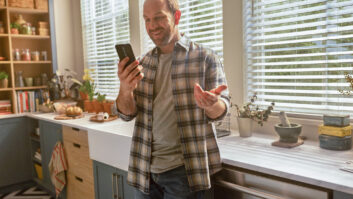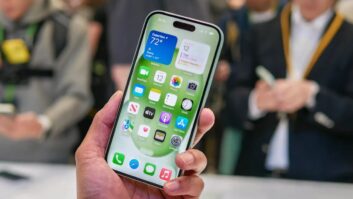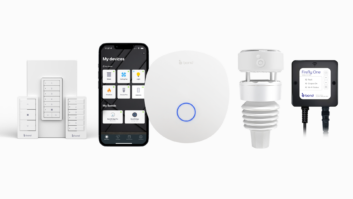Chicago – Consumers bought most of their iPhones
directly from carriers during the three-month period ending February and most
of their iPad 2 tablets through retailers, a survey found.
An online survey by
Consumer Intelligence Research Partners
(CIRP)
determined that carriers AT&T, Sprint and Verizon Wireless were responsible
for 69 percent of all iPhones sold during the period, with Apple accounting for
another 15 percent and Best Buy accounting for 13 percent. The percentages
combine sales through the carriers’ and retailers’ brick-and-mortar and online
stores.
As for the iPad 2, the two carriers selling that
sell them — AT&T and Verizon Wireless — accounted for a minuscule 2
percent of brick-and-mortar and online sales. The figure includes both
Wi-Fi-only iPads and cellular/Wi-Fi models. In contrast, Apple accounted for 26
percent of iPad sales through brick-and-mortar and online stores, and other
retailers accounted for another 52 percent of iPad sales during the period.
The survey also found that purchasers prefer
the latest iPhone 4S by a wide margin to the lower-priced $99 iPhone 4 and the
free iPhone 3G S. The iPhone 4S accounted for 90 percent of all iPhones
purchased during the period, with the iPhone 4 accounting for 25 percent and
the 3G3 accounting for 6 percent. To be expected, the iPhone 4S percentage was
down from the months immediately following the 4S launch on Oct. 14, 2011. During the October through December 2011
period, 69 percent of iPhones purchased were iPhone 4S models, the survey
found.
Other survey data shows that among the
carriers’ sales of iPhones direct to consumers, AT&T led with a 51 percent
share followed by Verizon’s 37 percent and Sprint’s 12 percent. Sprint’s share
slipped from 17 percent during the first months of the iPhone 4S’s availability
beginning October. The iPhone 4S was Sprint’s first iPhone.
In other iPhone findings:
- Brick-and-mortar stores accounted for 76
percent of iPhone sales during the December through February period, with
online stores accounting for 24 percent. That compares with the months
following the iPhone 4S launch, when online stores accounted for 33 percent of
purchases.
-
Among iPhones
4S models purchased, 55 percent were 16GB models, with 32GB models accounting
for 25 percent of purchases and 64GB models accounting for 12 percent. Nine
percent of respondents didn’t know the storage capacities of their 4S.
-
New iPhone purchasers were more likely to
upgrade from non-Apple smartphones than from earlier model iPhones.
All told, 35 percent of iPhone purchasers
during the latest period upgraded from another iPhone, while 36 percent of
purchasers upgraded from non-Apple smartphones. Twenty-five percent upgraded
from a standard cellphone, and for 4 percent of purchasers, the iPhone was
their first mobile phone.
In iPad findings, the survey found that among
iPad 2 purchasers, a total of 44 percent of purchased iPad 2 models were
equipped with 3G cellular, with 56 percent equipped only with Wi-Fi. The survey
also found that the 32GB model accounted for 49 percent of all iPad 2
purchases, followed by the 16GB model, at 31 percent, and 64GB, at 20 percent.
For the survey,
CIRP distributed an online questionnaire to members of social networks, got
responses from 9,799 people, and surveyed a sample of 500 people who purchased
Apple products, including Macs, during the December through February period.













